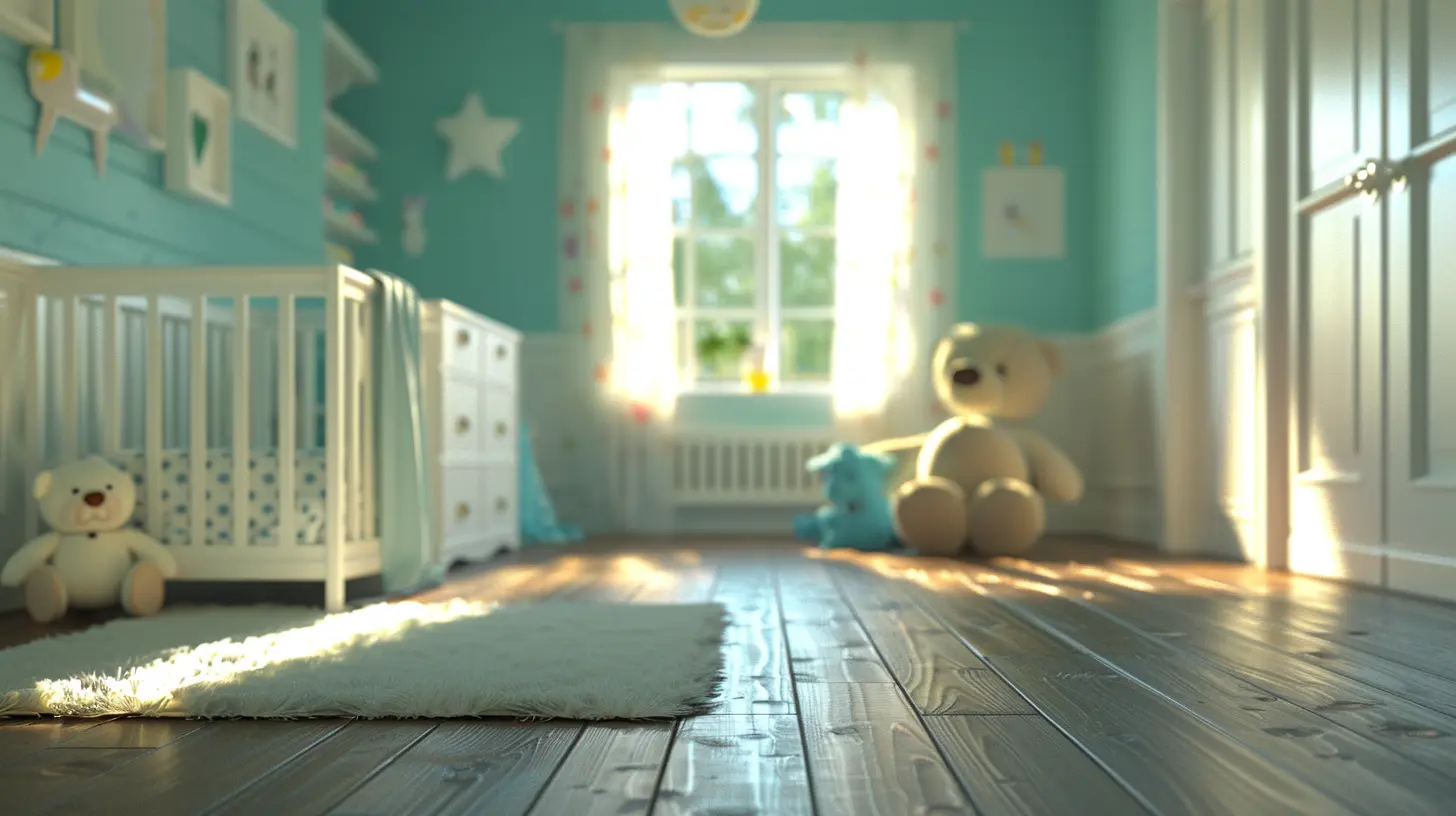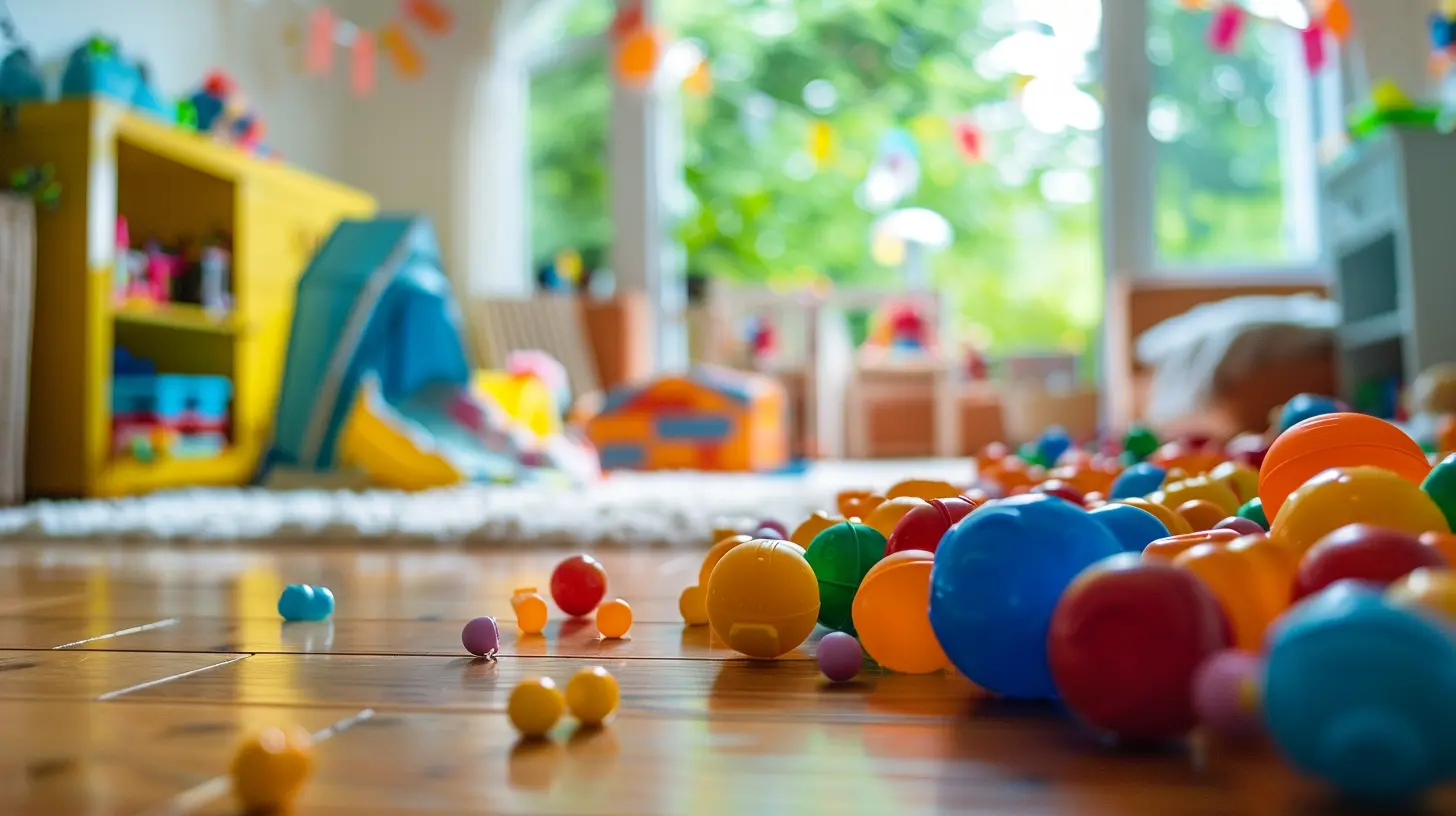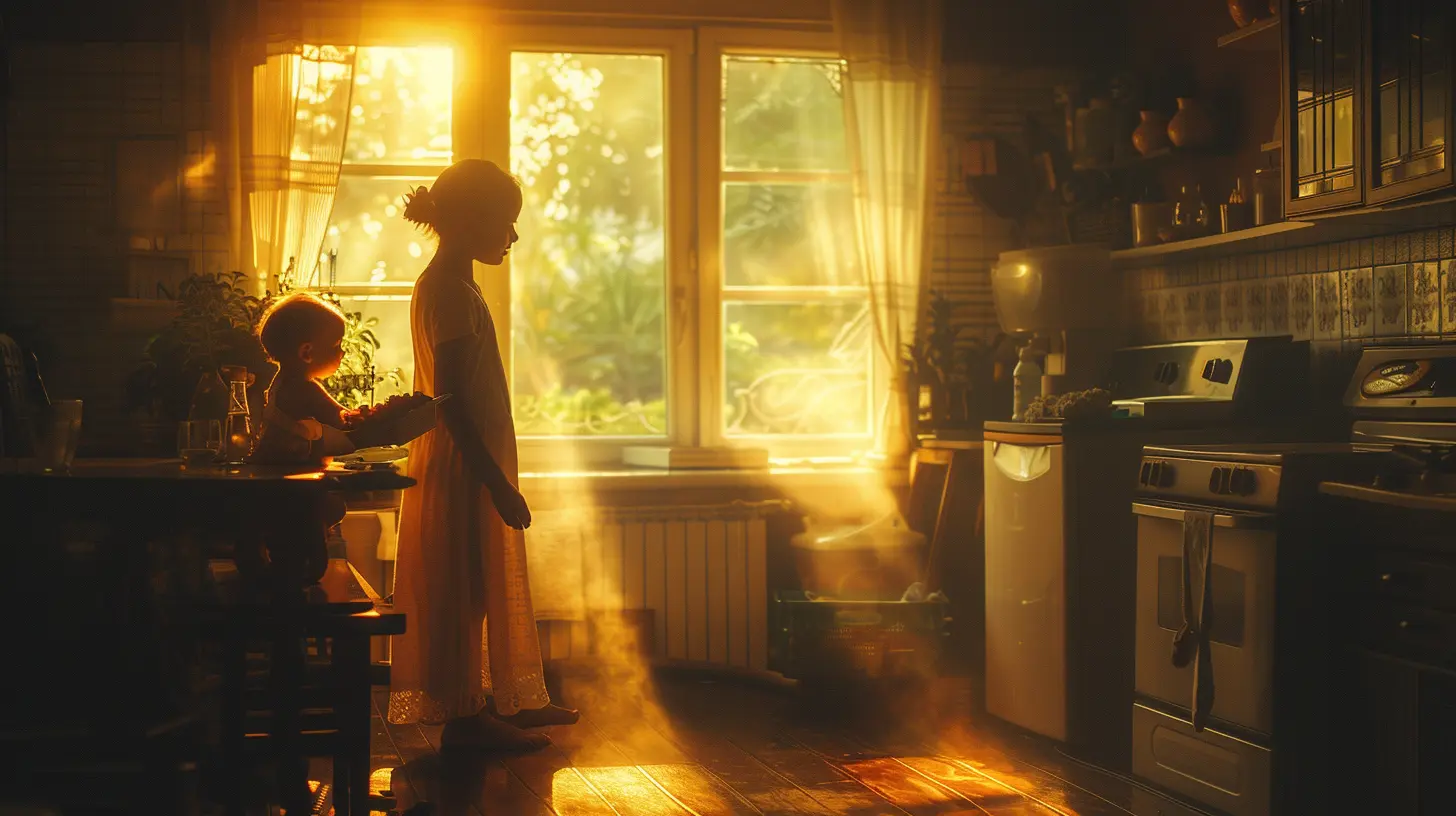Revisiting Childproofing as Your Baby Grows: What Changes Over Time
13 May 2025
When you first brought your tiny newborn home, childproofing might have felt like something you could tackle in a weekend—plug up some outlets, move a couple of fragile items out of reach, and call it a day. But oh, how things change! As your little one becomes increasingly mobile and curious, the obstacles you once thought were enough suddenly seem laughable. Now, your home feels like a giant obstacle course loaded with potential hazards only a baby could find.
Let’s take a deep dive into how childproofing evolves—because spoiler alert—it’s not a "set it and forget it" deal. Whether you're a first-time parent or seasoned pro, chances are you’ll want to revisit and update your home safety strategies. After all, as your baby grows, so do their capabilities and, let’s be real, their knack for getting into trouble.

Why Childproofing Isn't a One-and-Done Task
Parenting is like constantly playing defense in a game where the rules keep changing. Babies grow at a lightning-fast pace, and what worked to keep your six-month-old safe likely won’t cut it when they're suddenly a fearless toddler scaling furniture like a mountain climber.Think about it: At each new stage, your little one unlocks a new "superpower." First, they’re rolling over. Then, crawling. Next thing you know, they’re walking, running, and climbing like they’re training for a baby Olympics. This progression doesn’t just mark milestones—it shifts the way they interact with their environment. And that means your childproofing game has to evolve, too.
But don’t panic! Adjusting your home for each stage of growth is doable as long as you’re prepared. Let’s break it down stage by stage, shall we? 
Stage 1: When They Start Rolling Over (Around 3-6 Months)
Ah, the newborn phase. A time when your baby stays exactly where you left them. Then, one day, you look away for two seconds, and they’ve somehow rolled from one side of the couch to the other. How?!At this stage, you’ll want to focus on hazards near the floor or wherever you’re setting baby down:
- Falls: Always supervise your baby during playtime, especially on elevated surfaces like beds or changing tables. Consider investing in a sturdy changing table with a safety strap.
- Choking Hazards: Babies love to grab and mouth objects, so double-check for any tiny items—coins, small toys, or loose bottle caps. It’s amazing (and terrifying) how far their little hands can reach.
- Outlets and Power Cords: Cover those outlets and ensure cords are tucked away.
You won’t need to block off the entire house just yet, but starting these basics will save you from scrambling when they become more mobile. 
Stage 2: Crawlers on the Move (6-10 Months)
Once baby gets crawling, it’s game over for your peaceful living room setup. Suddenly, everything is fair game, and you’ll want to keep up by leveling up your childproofing efforts.Here’s the deal: Crawlers see the world differently—literally. They’re down on the ground, exploring every nook and cranny. Things you never thought of as hazards (like the little gap under the cabinet or the dog’s water bowl) will suddenly become their favorite “toys.”
Must-Dos for Crawlers:
- Gates, Gates, and More Gates: Invest in safety gates to block off stairs or unsafe rooms. Make sure they’re hardware-mounted for areas like the top of stairs—you don’t want a pressure-mounted gate tipping over.
- Cabinet Locks: Kitchen cabinets filled with colorful cleaning supplies are like a treasure chest to little ones. Lock them up tight, even if the cabinet is “just” holding Tupperware—better safe than sorry!
- Furniture Anchors: Babies love to pull themselves up on furniture, which means any wobbly bookshelves or TVs need to be secured to the wall.
- Pet Areas: Keep pet food and water bowls out of reach. Crawlers WILL splash in that water dish if given the chance. 
Stage 3: The Walking (and Climbing!) Toddler (10-18 Months)
Just when you think you’ve nailed the whole crawling stage, boom—they’re walking. And not just walking. Oh no, they’re climbing like tiny Spider-Men.At this stage, your baby’s curiosity hits an all-time high. They’ll test every boundary, push every button (literally), and find ways to get into things that seem physically impossible.
Upgraded Tips for Toddlers:
- Sharp Corners: Coffee tables, low shelves, and fireplace hearths suddenly become head-level hazards. Add corner protectors to reduce bumps and bruises.
- Doorknob Covers: Doors that once seemed harmless? Now they’re gateways to forbidden rooms. Keep kids out of bathrooms, garages, or basements by adding doorknob covers or childproof locks.
- Window Safety: Install window guards or locks to prevent falls if you have windows low enough for little hands to reach. And, for the love of all things holy, keep furniture away from windows—they will climb.
- Toilets: Yep, toddlers are inexplicably fascinated by toilets. Get a childproof toilet lock to prevent accidents (and toys taking unplanned swims).
Oh, and remember when you thought the countertops were out of reach? Guess what—your toddler might now be tall enough to grab anything left near the edge. Keep hot pans, sharp knives, and breakables far back.
Stage 4: The Independent Explorer (18+ Months)
By this point, your tiny human is a full-blown explorer. They have opinions, preferences, and zero regard for personal safety. This stage is all about giving them room to grow without putting them at risk.Things to Watch As They Grow:
- Secure Heavy Furniture: Toddlers love to climb on dressers and bookshelves. Keep every piece of furniture anchored securely to the wall.
- Adjust Crib Settings: If your child is still in a crib, lower the mattress to its lowest setting to prevent them from climbing out. Transition to a toddler bed when they’re ready.
- Toys and Play Areas: Now's a great time to organize a safe play area where kids can roam freely without your constant supervision. Use soft play mats or padded flooring to cushion falls.
- Medicine and Cleaning Supplies: If you haven’t already, move these to a high, locked cabinet. Curious toddlers can now open drawers you thought were safe.
By this stage, your house is more than just "home"—it’s a carefully curated (and constantly evolving) fortress of safety.
Common Mistakes Parents Make
No parent is perfect, and it’s easy to overlook a few things when childproofing. Here are some common slip-ups to watch for:- Underestimating Baby’s Reach: Just because you can’t imagine getting to that high shelf doesn’t mean your baby won’t figure it out.
- Not Updating Childproofing Regularly: Like we’ve discussed, childproofing isn’t a one-time thing. What worked six months ago may not work now.
- Forgetting Temporary Hazards: Think holiday decorations, guest bags, or folding chairs. These can all become unexpected hazards.
When to Loosen the Reins
Eventually, childproofing becomes less about blocking access and more about teaching your child boundaries. As they grow into preschoolers or older, you’ll want to balance safety with independence. Remove gates when they’re no longer needed, teach your child about hot surfaces, and help them understand why certain areas are off-limits.Remember, childproofing isn’t about creating a bubble-wrapped world. It’s about creating an environment where your child can safely learn, explore, and thrive.
Wrapping It Up
Revisiting childproofing doesn’t have to feel overwhelming. Think of it as a part of your parenting journey—a way to stay a step ahead (or at least try to) of your little one’s adventurous spirit. Keep evaluating your home as your baby grows. What seems cute today (like pulling up on furniture) might become risky tomorrow.And hey, give yourself some grace along the way. You’re not just childproofing a house; you’re raising a tiny human. So take it one stage at a time, and remember to laugh when things inevitably get messy. After all, nobody has ever made it through parenthood without a little chaos.
all images in this post were generated using AI tools
Category:
ChildproofingAuthor:

Max Shaffer
Discussion
rate this article
5 comments
Giselle White
Adaptation fosters safety growth.
May 21, 2025 at 3:43 AM

Max Shaffer
Absolutely! Adapting childproofing measures as your baby grows is essential for ensuring their safety and promoting healthy development.
Octavia Lee
This article is a fantastic reminder for parents to stay proactive as our little ones grow! Childproofing evolves, and keeping our homes safe is an ongoing journey. Thank you for sharing!
May 19, 2025 at 4:10 AM

Max Shaffer
Thank you for your kind words! I'm glad you found the article helpful in navigating the evolving journey of childproofing.
Elle Garcia
Ah yes, because nothing says “I love you” like a life spent rearranging furniture and replacing coffee table books with foam padding. Can't wait for the toddler years—bring on the chaos!
May 15, 2025 at 4:12 PM

Max Shaffer
Absolutely! Adapting your home for safety while keeping it stylish is all part of the journey. Embrace the chaos!
Lisa Mullen
Such a helpful reminder! It’s amazing how quickly our little ones outgrow their baby-proofing. Time for some updates to keep them safe and the house running smoothly!
May 14, 2025 at 3:57 PM

Max Shaffer
Thank you! It's crucial to adapt our childproofing as they grow to ensure their safety and a smooth-running home.
Savannah McNulty
Childproofing evolves; stay vigilant or risk your child's safety!
May 13, 2025 at 4:02 PM

Max Shaffer
Absolutely, staying proactive and adapting as your child grows is crucial for their safety!




